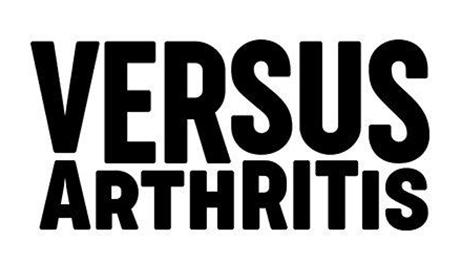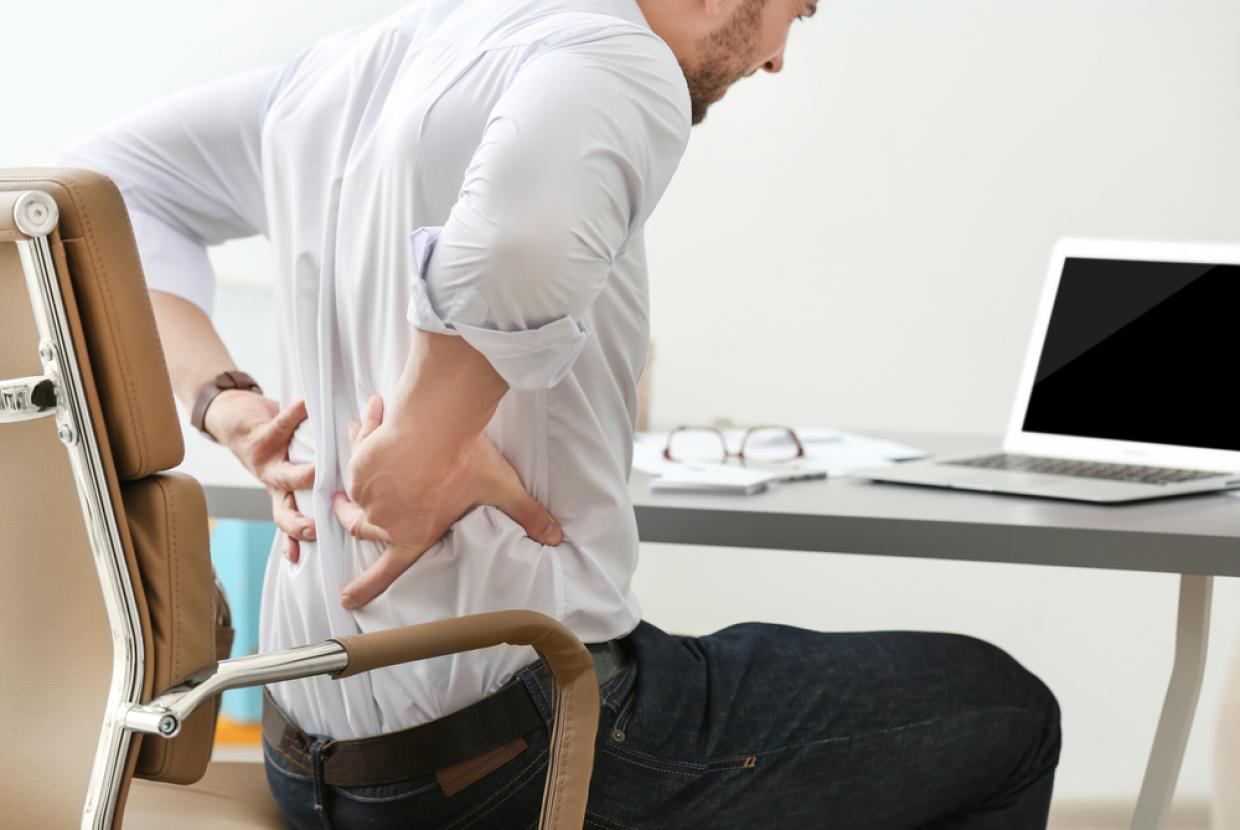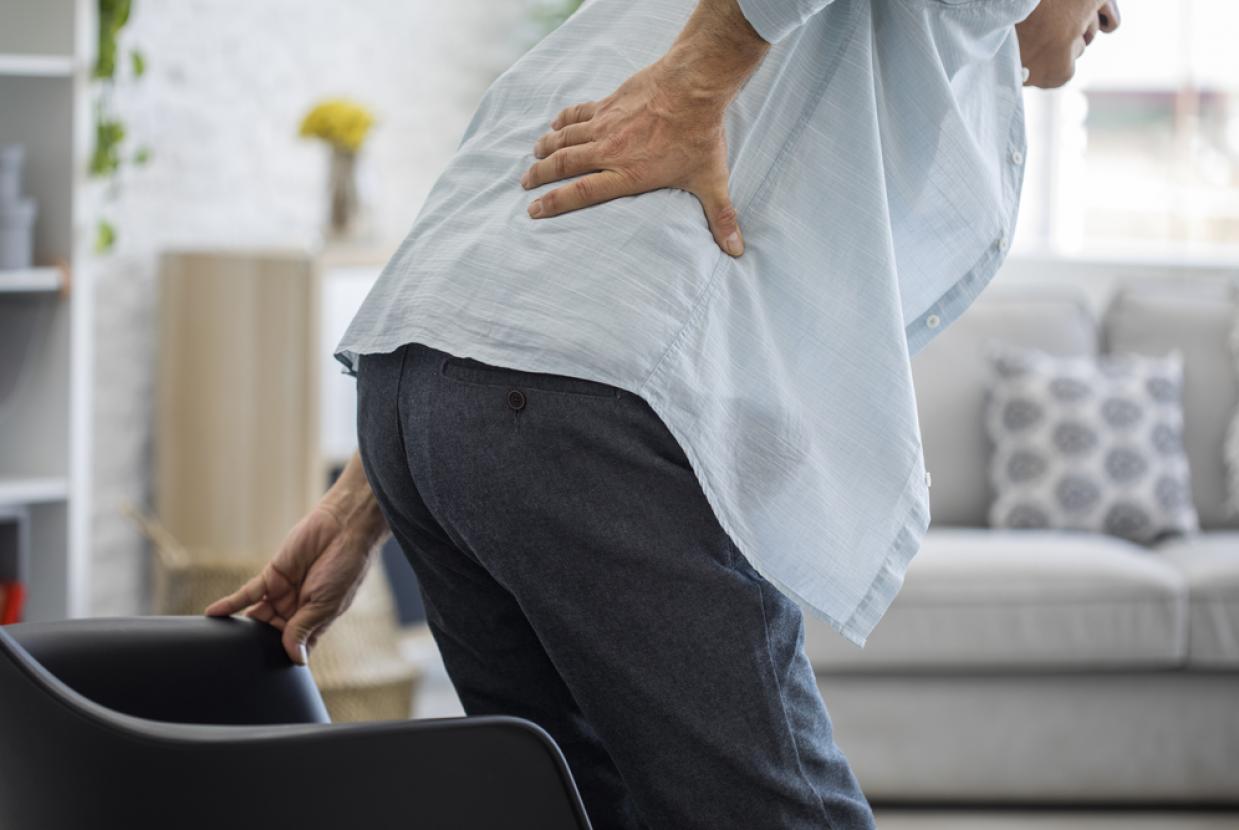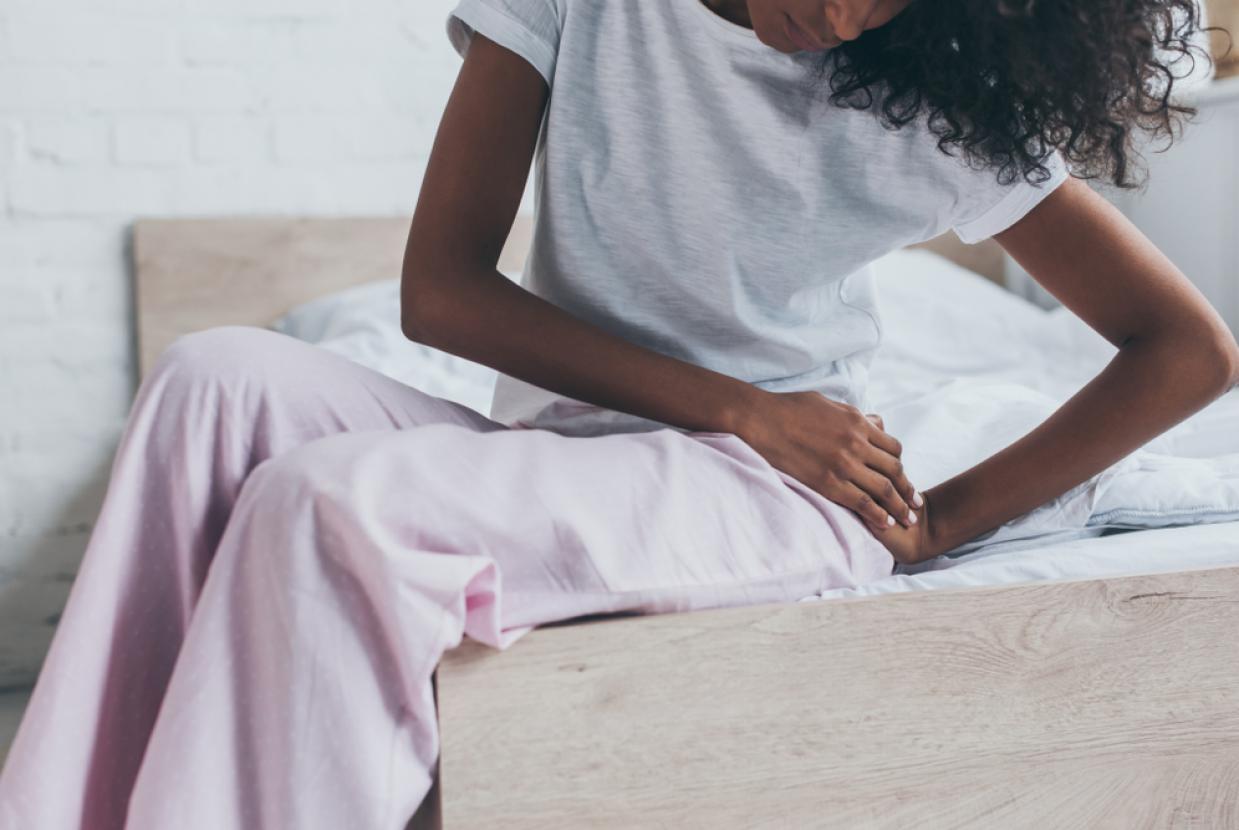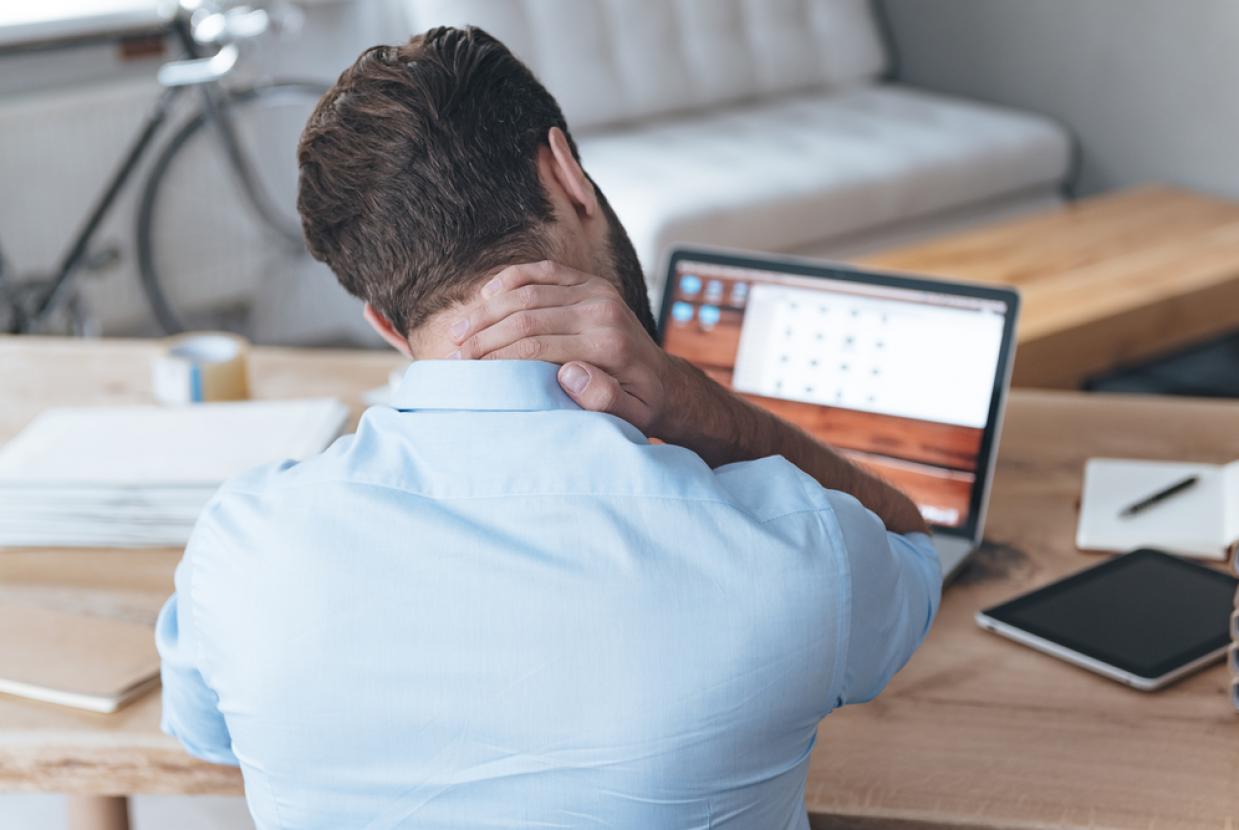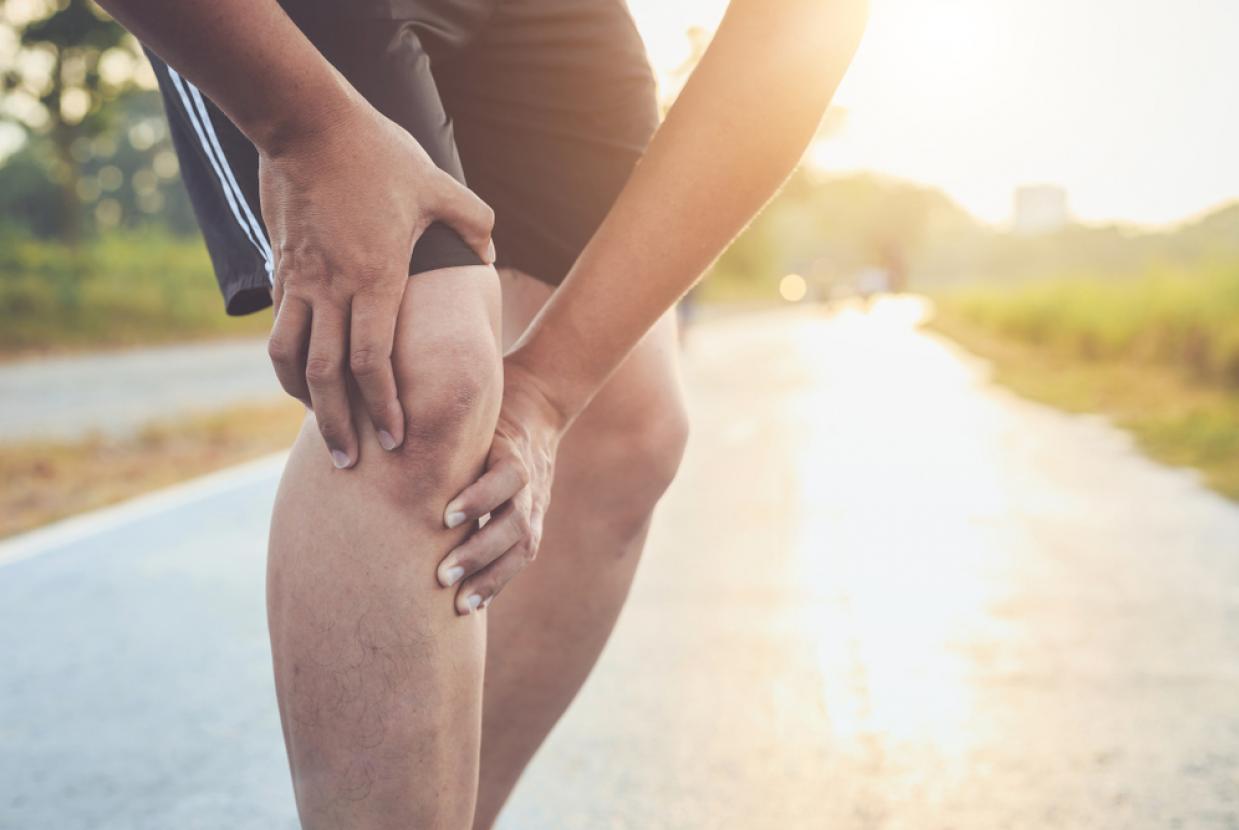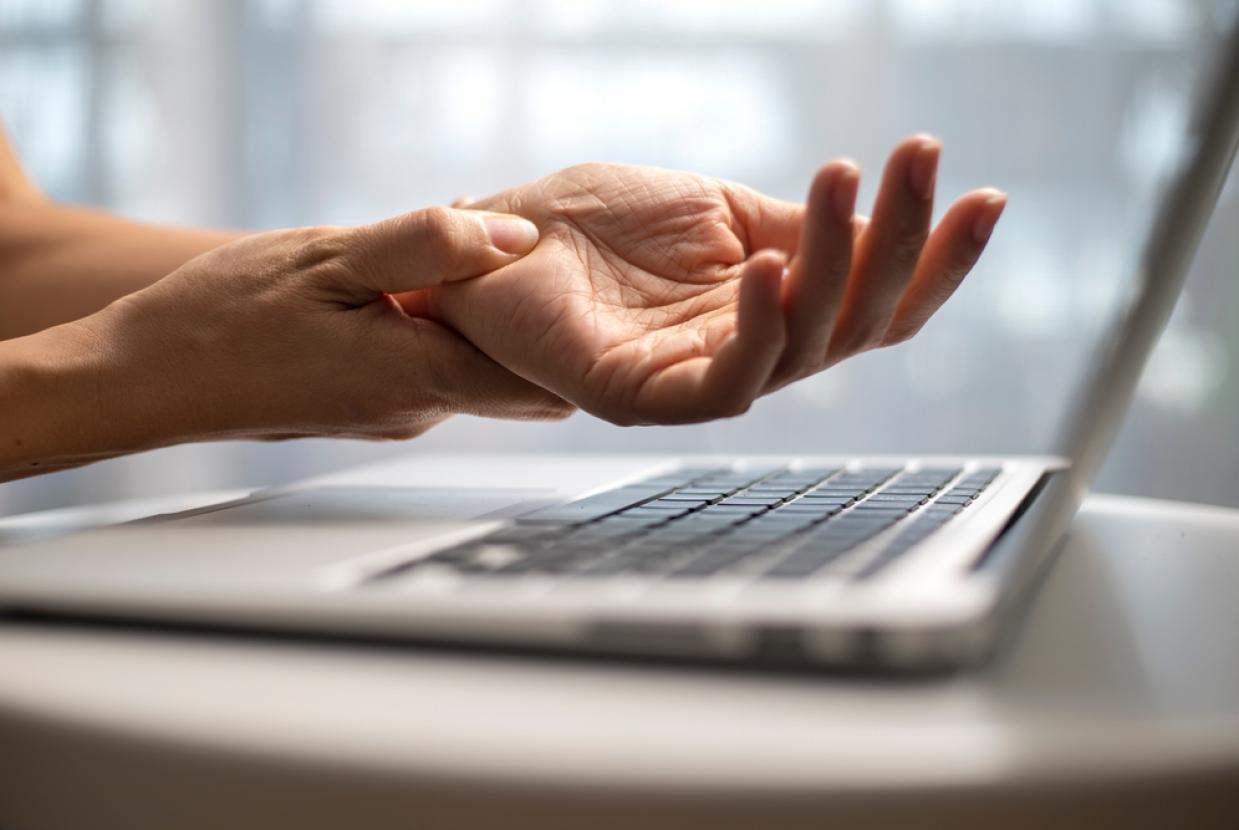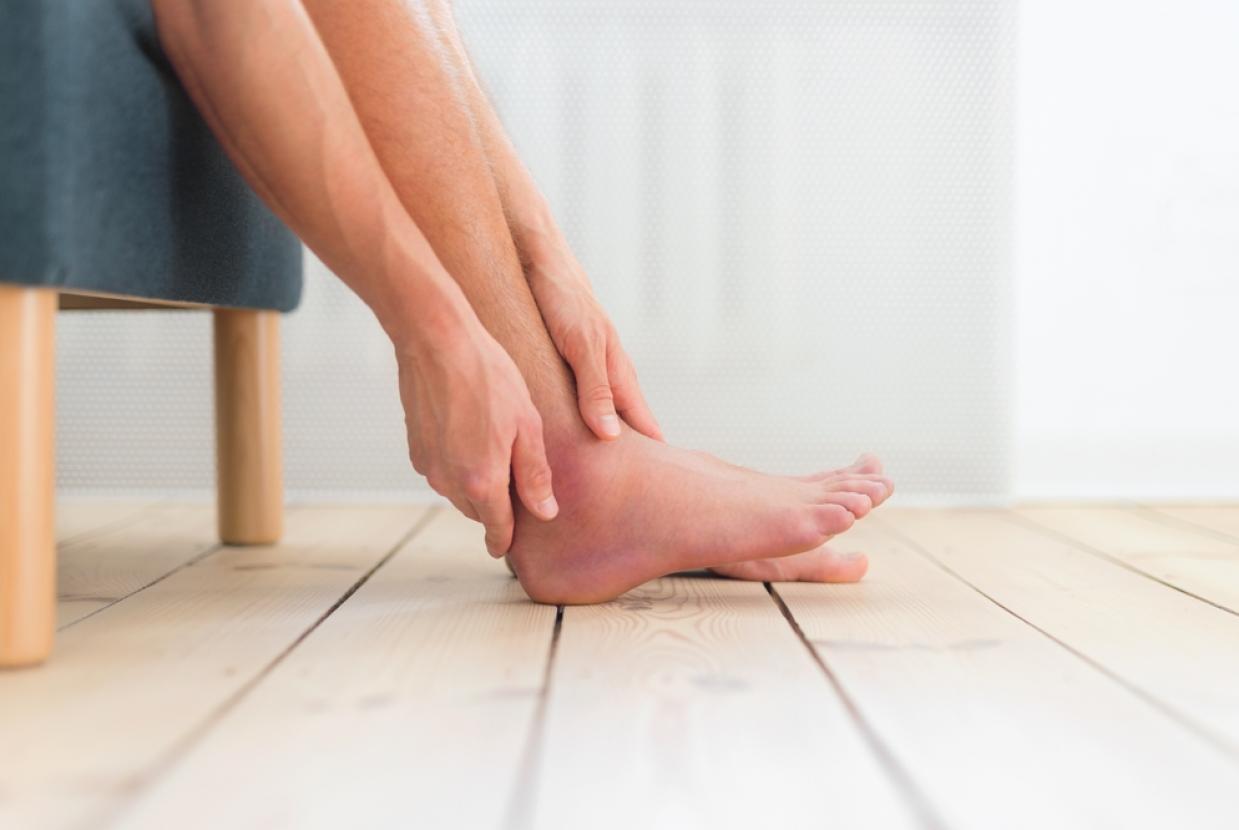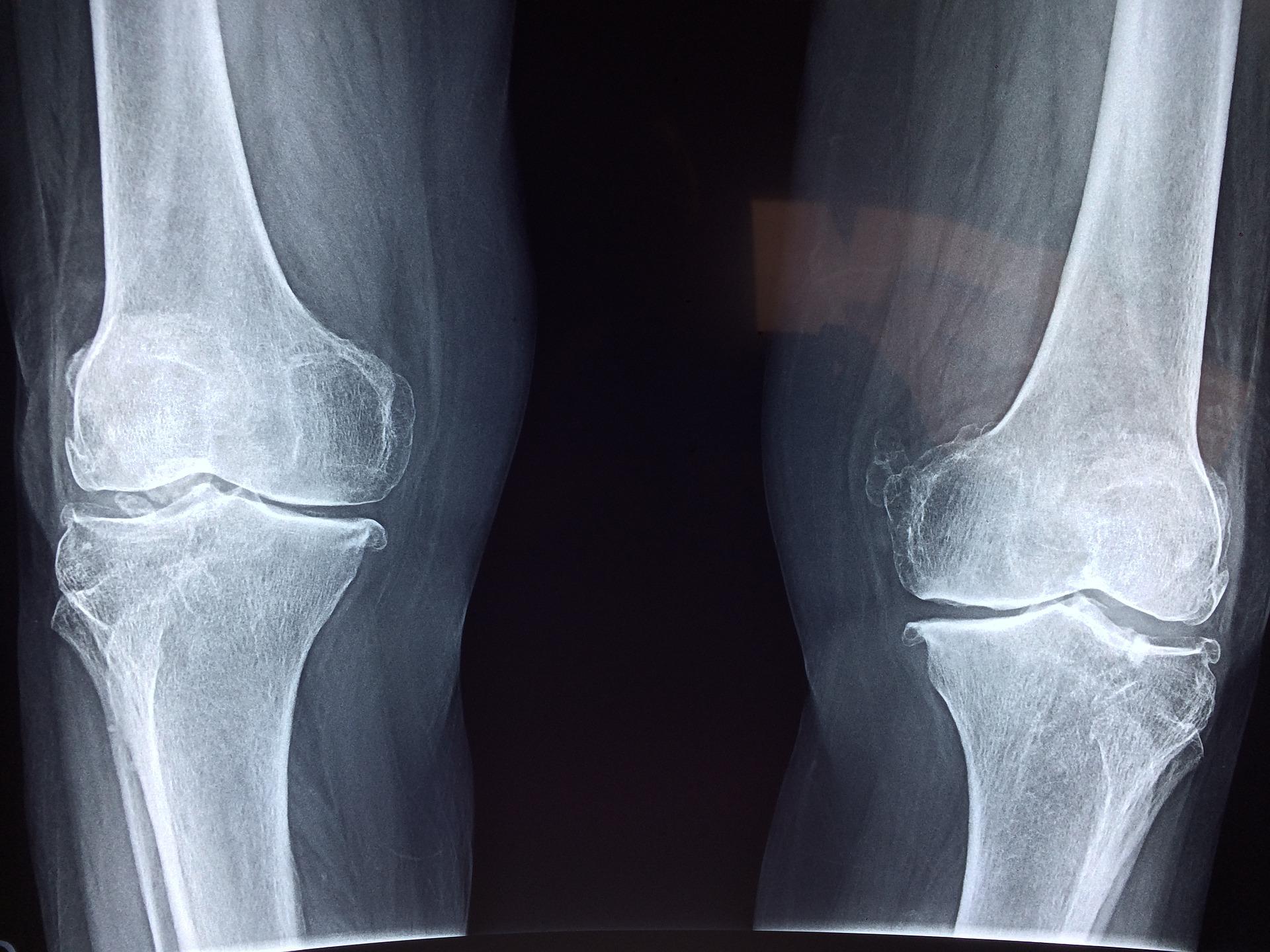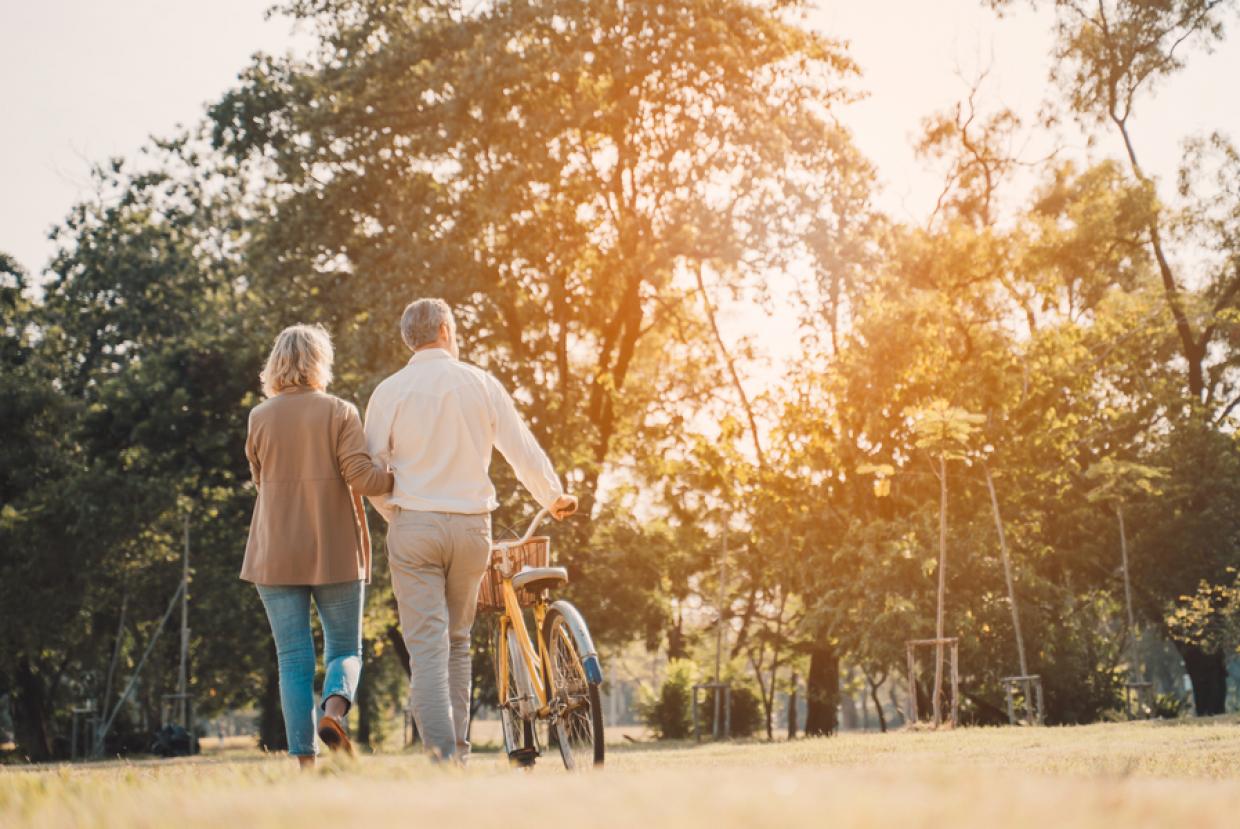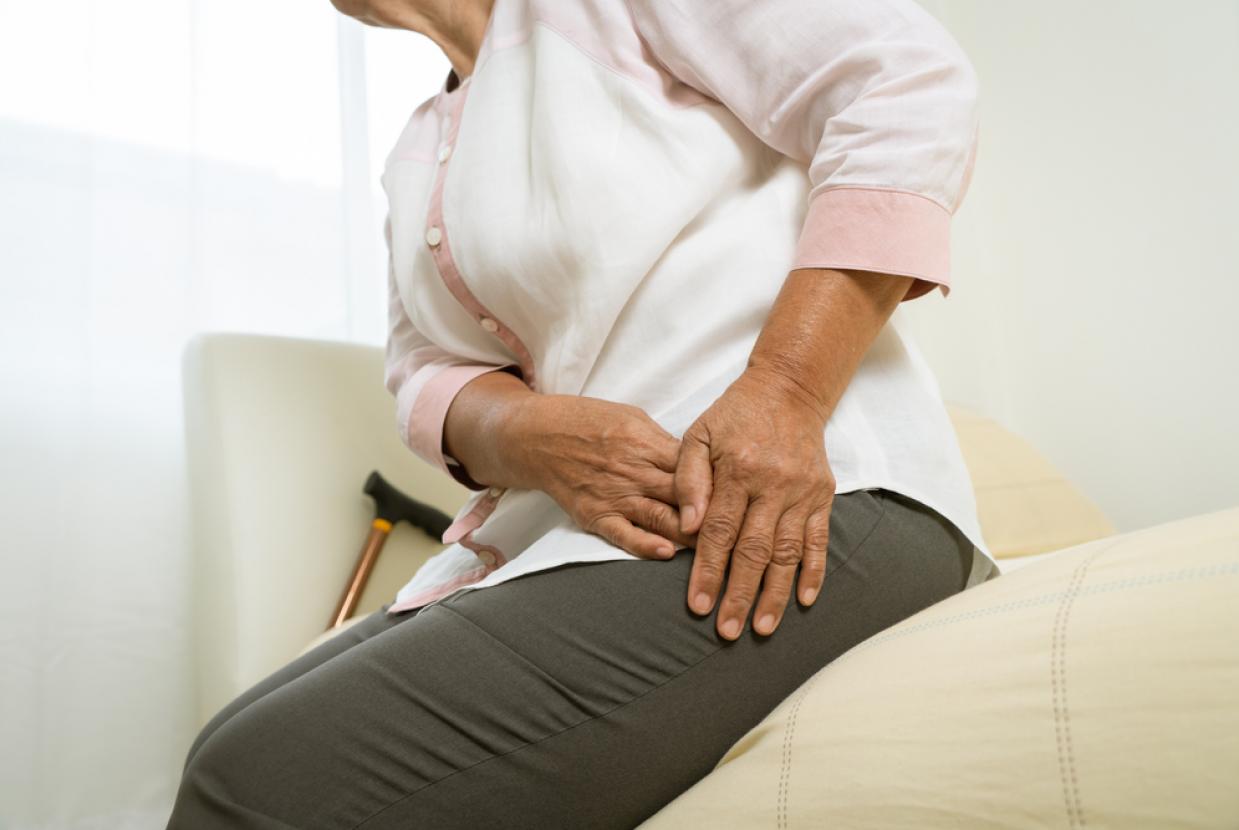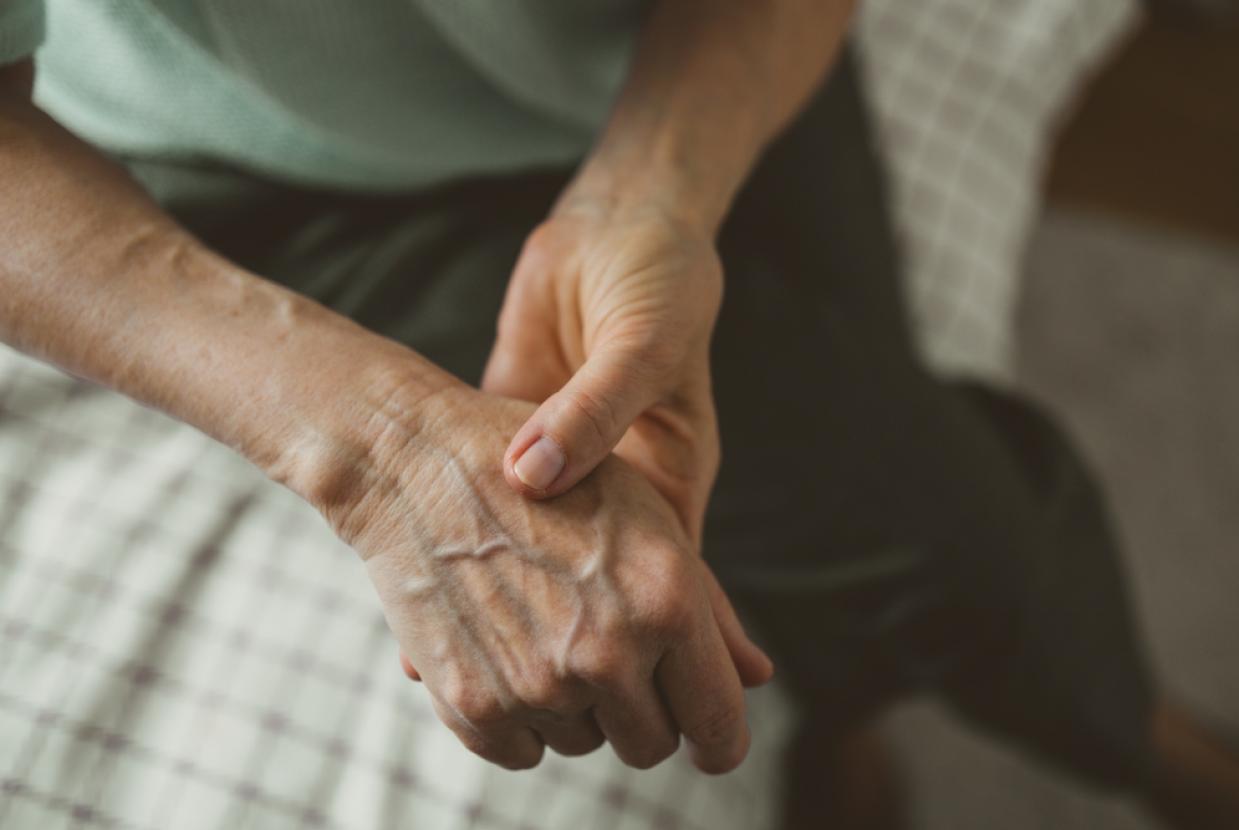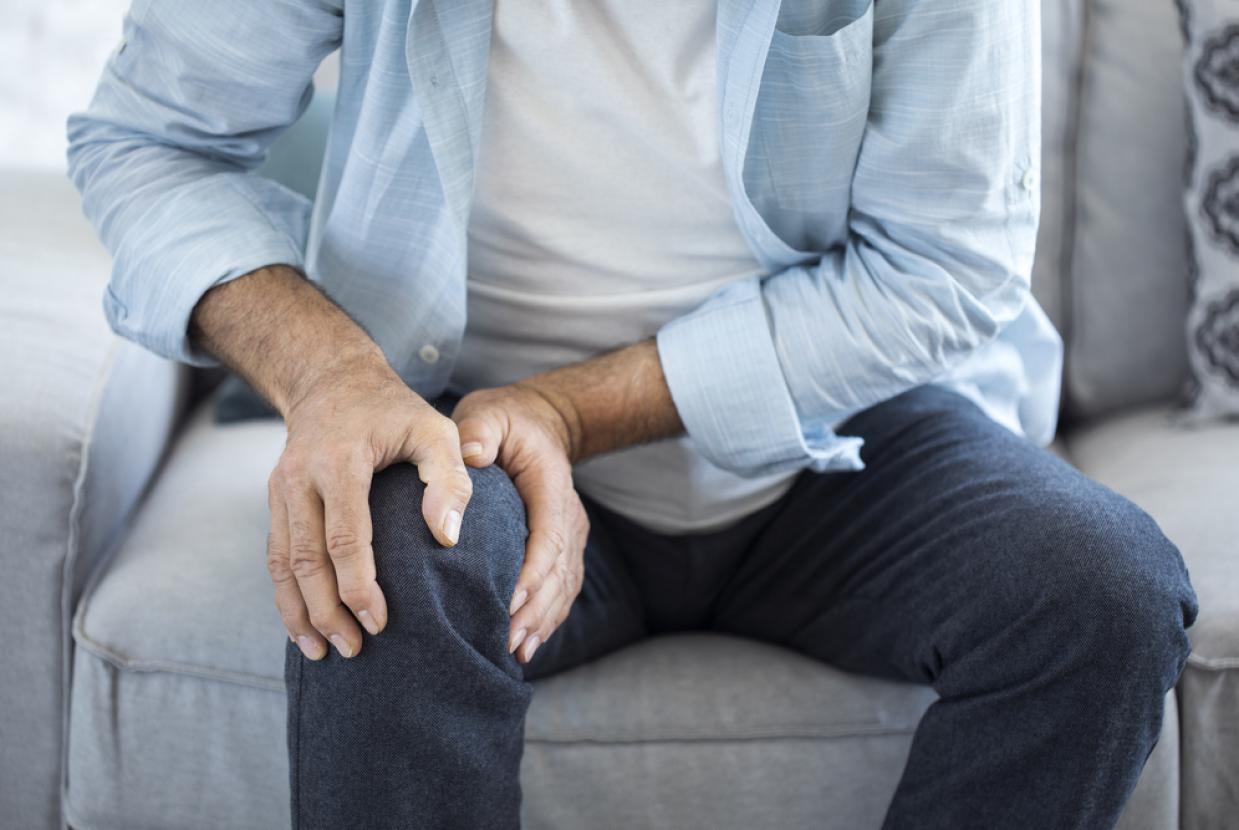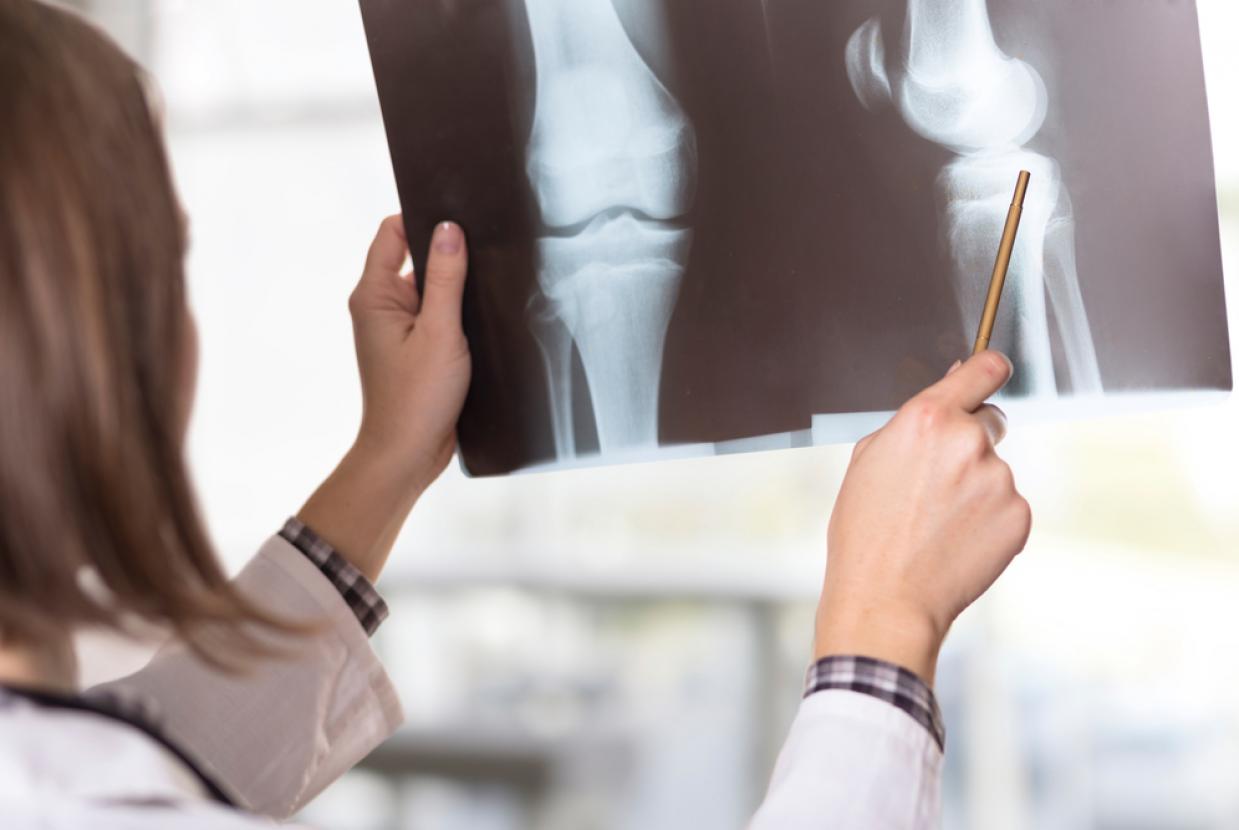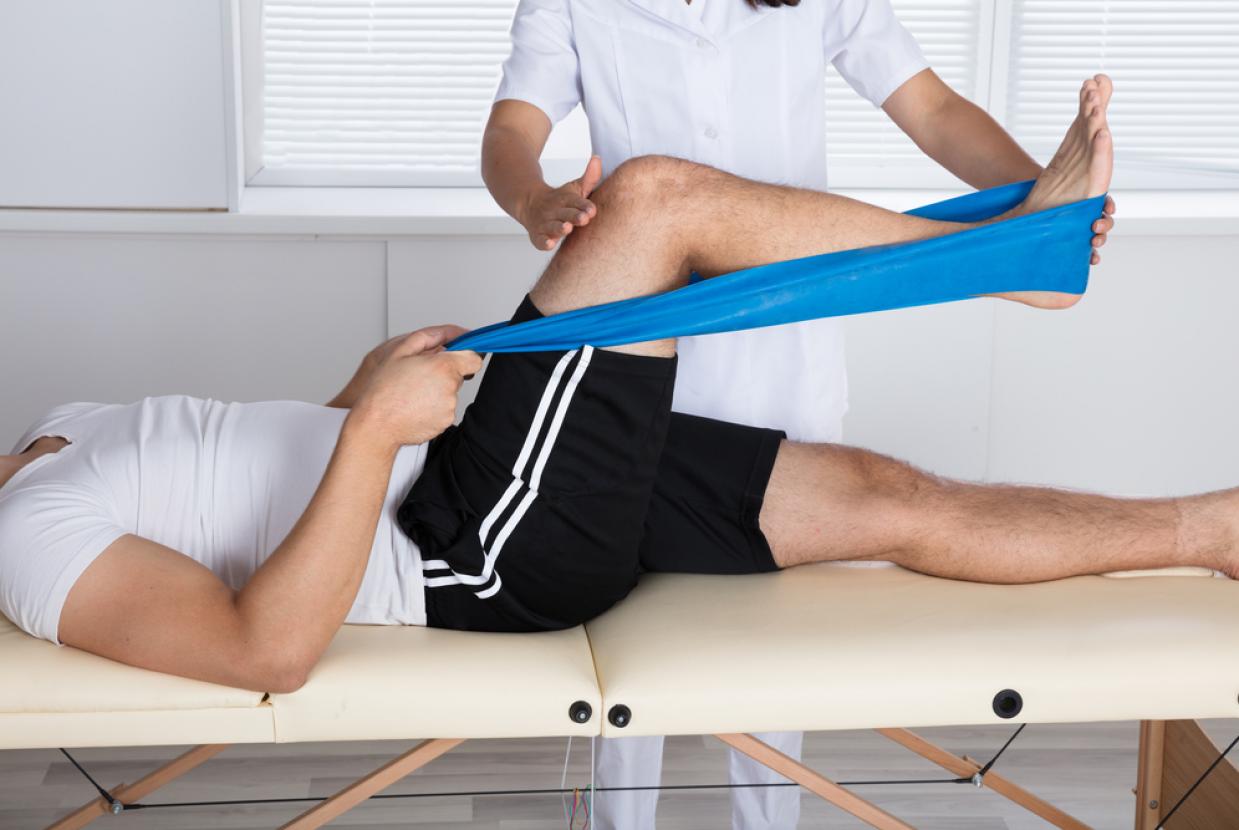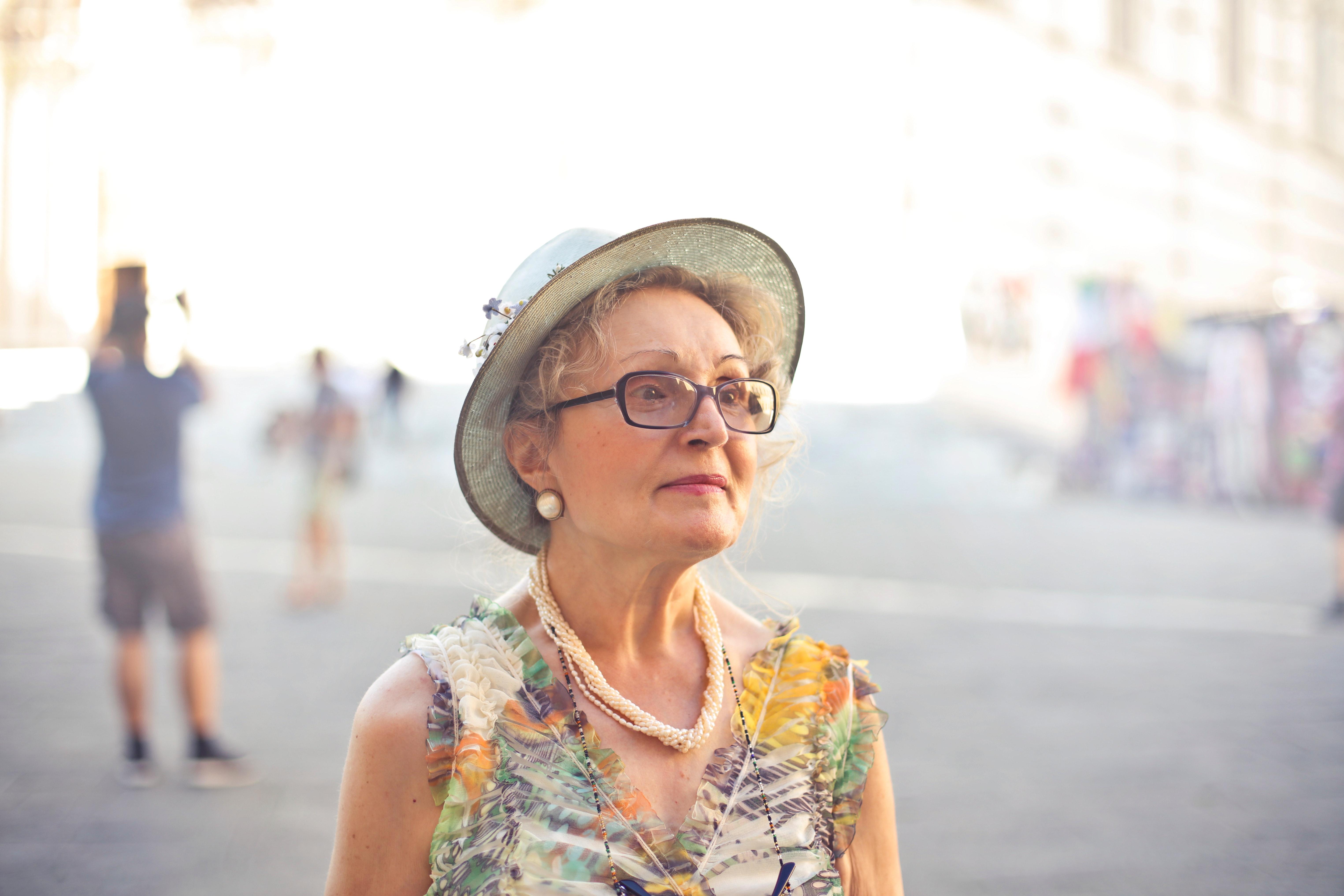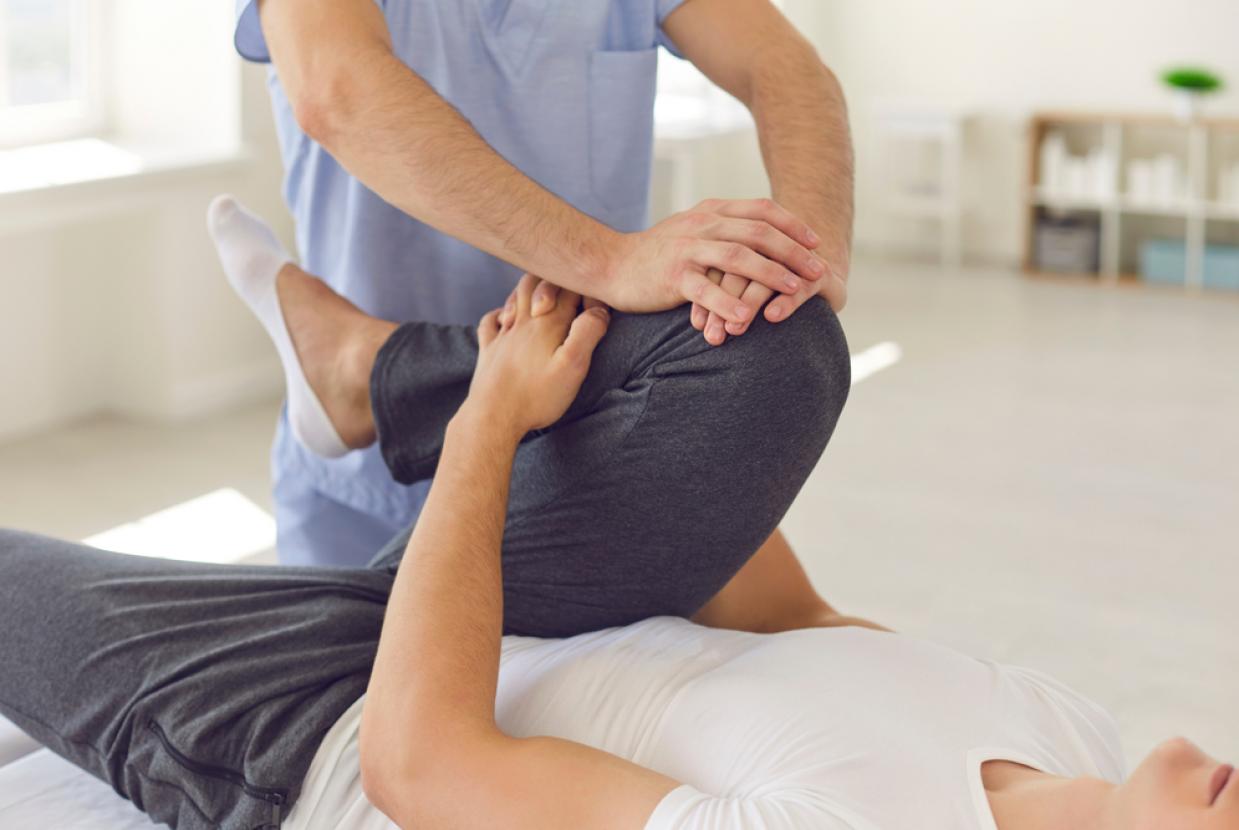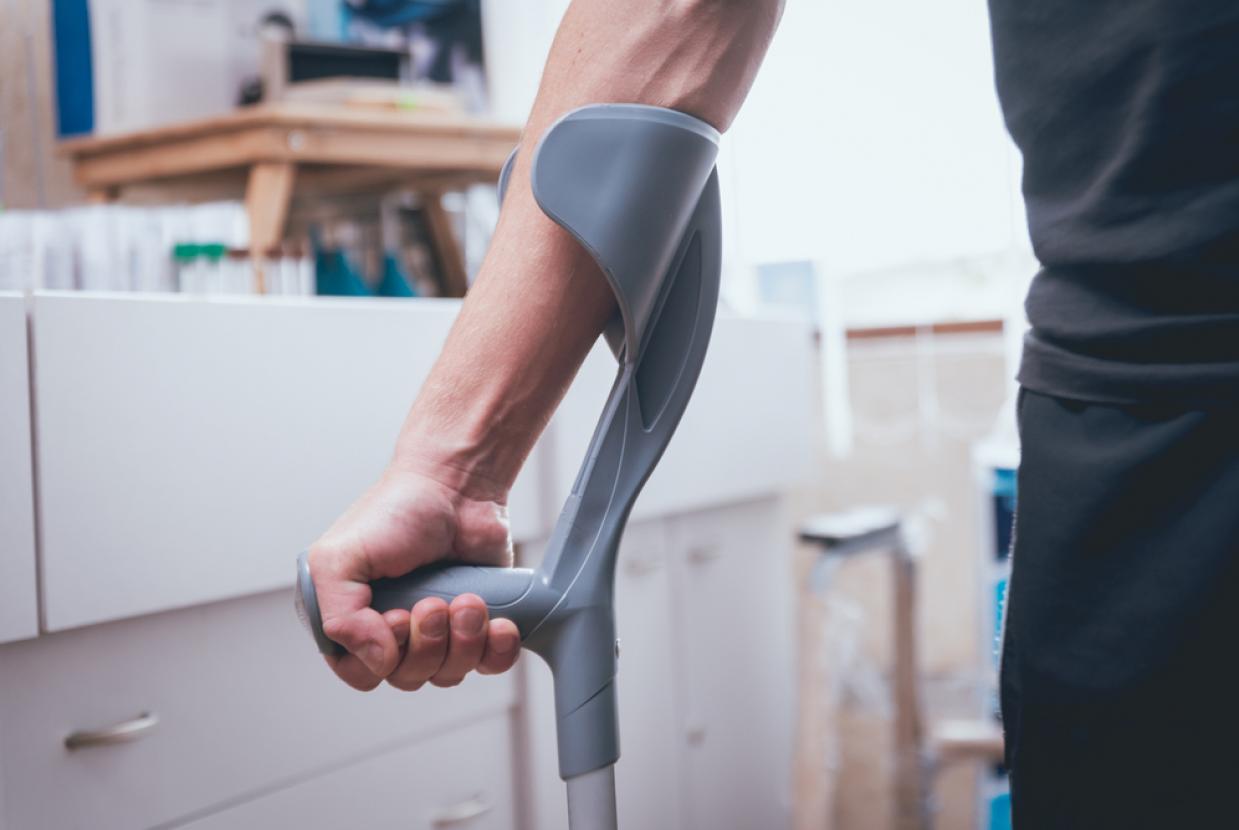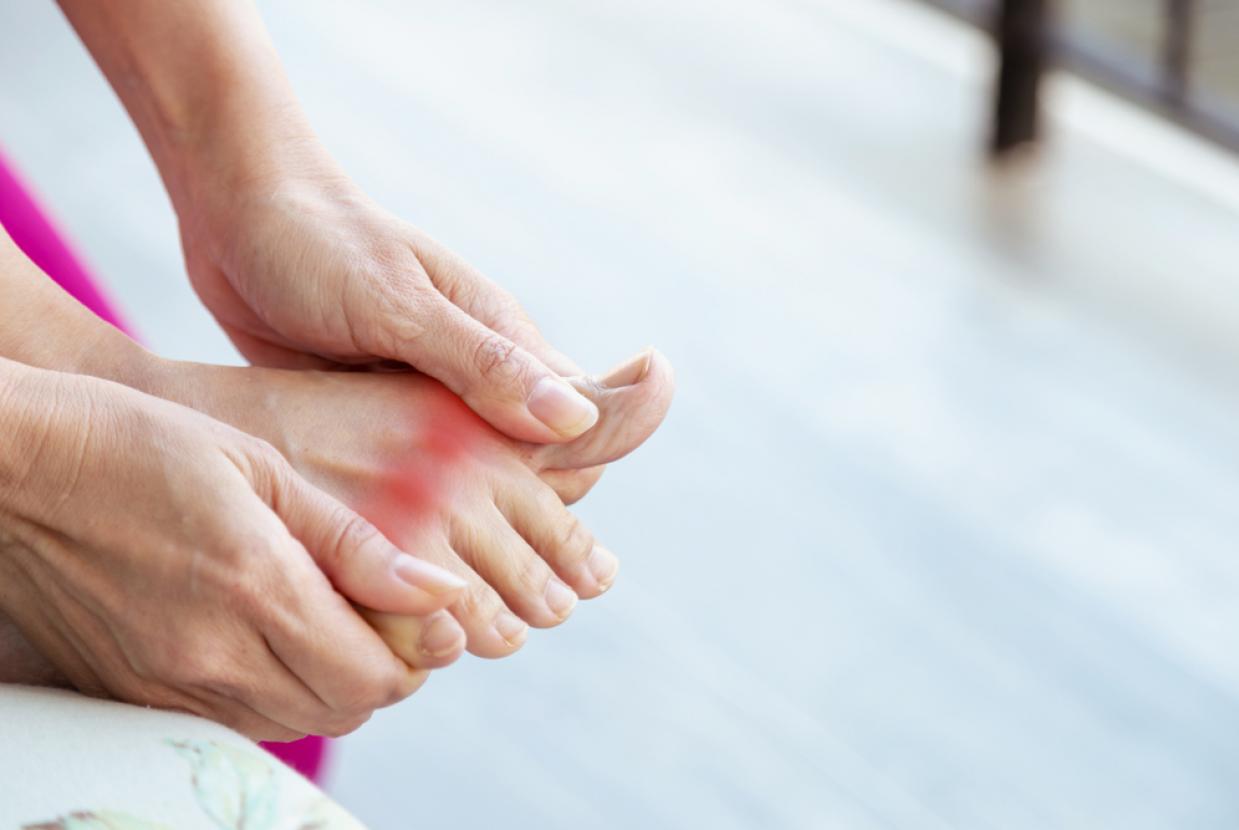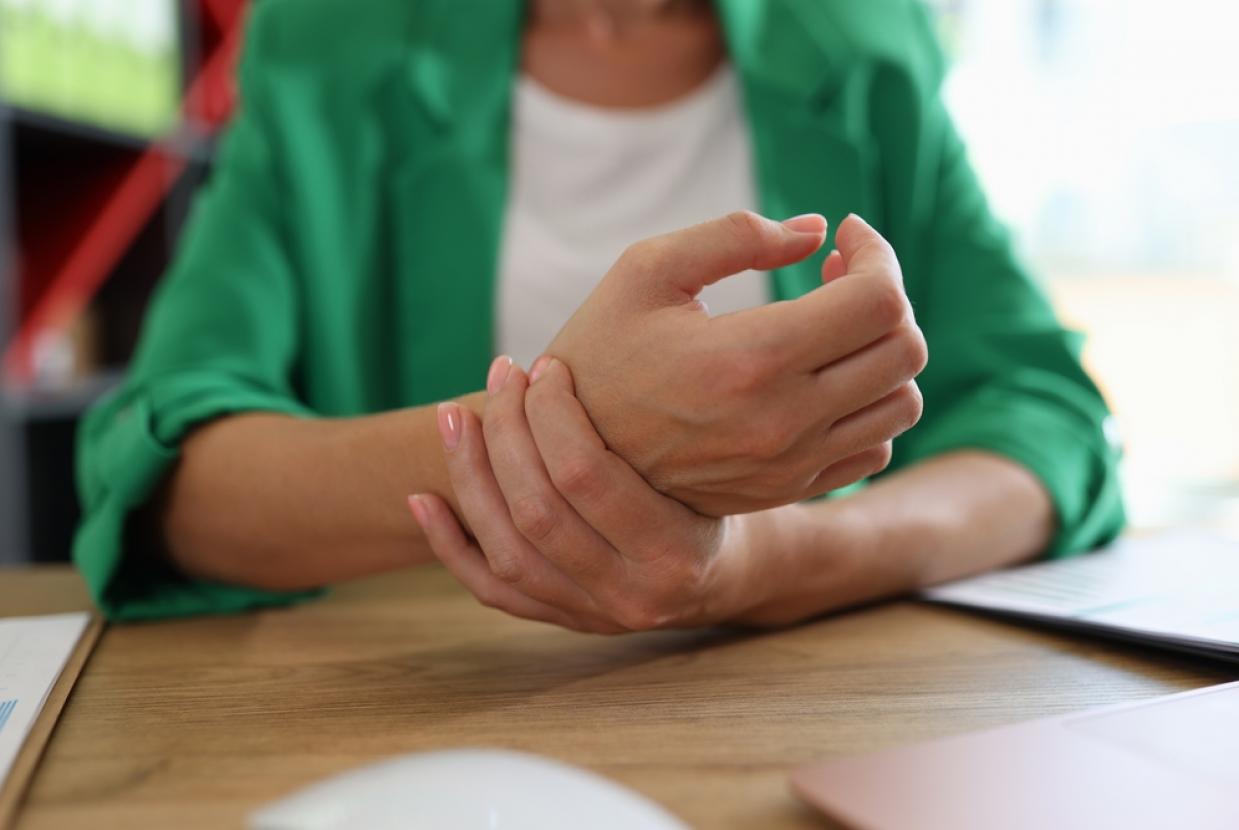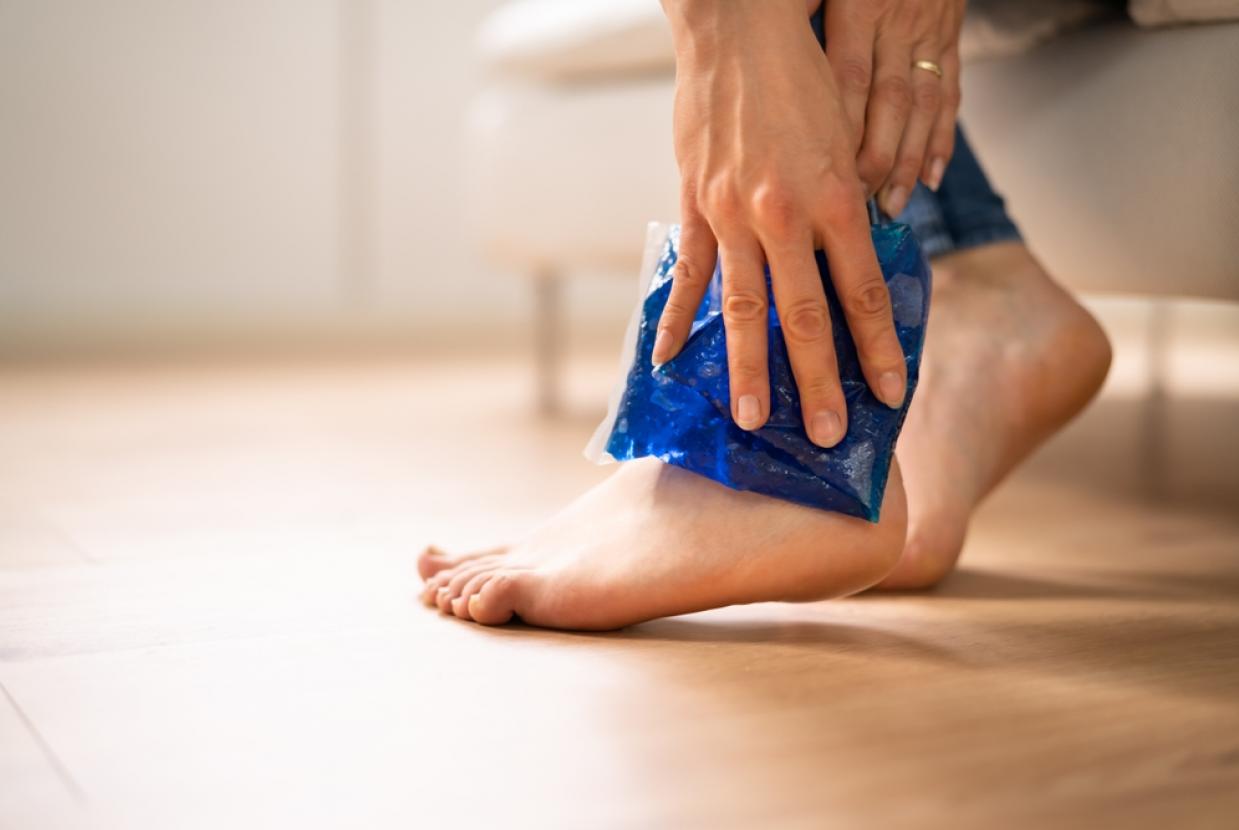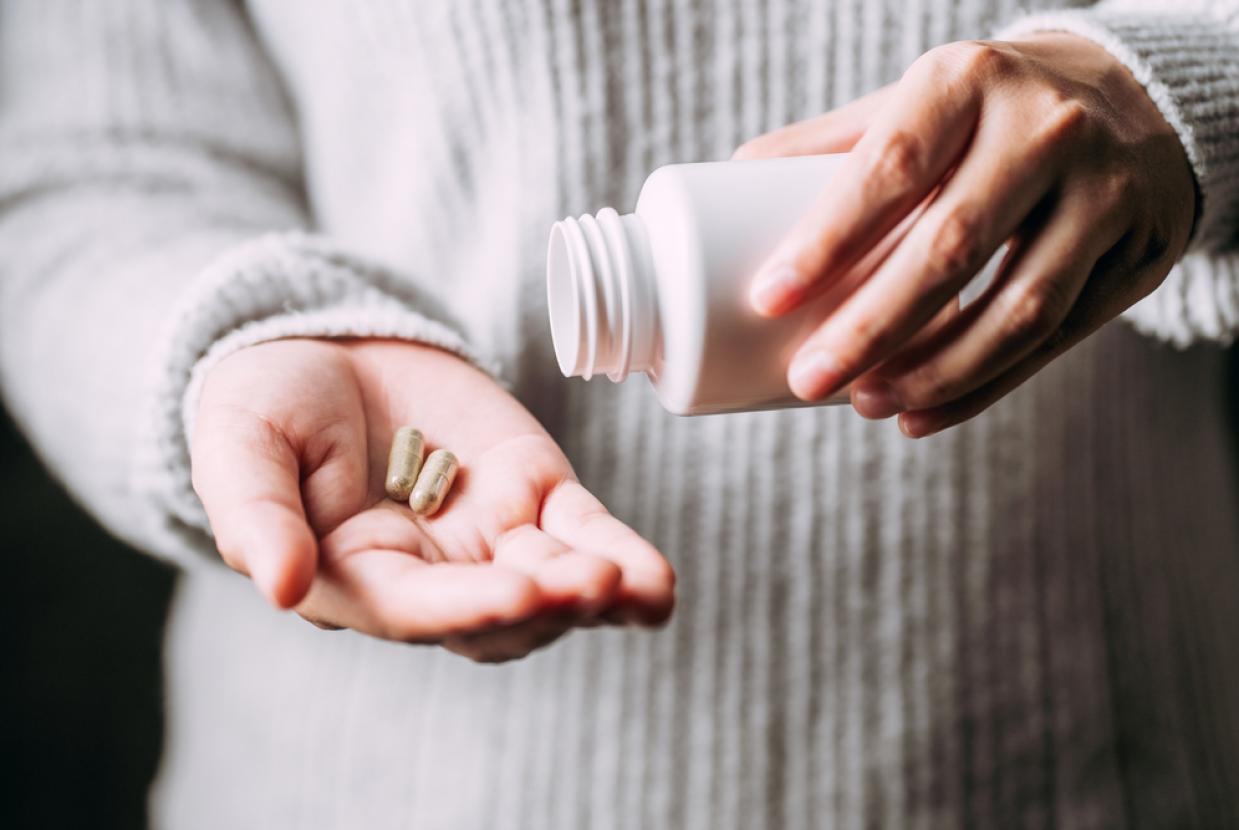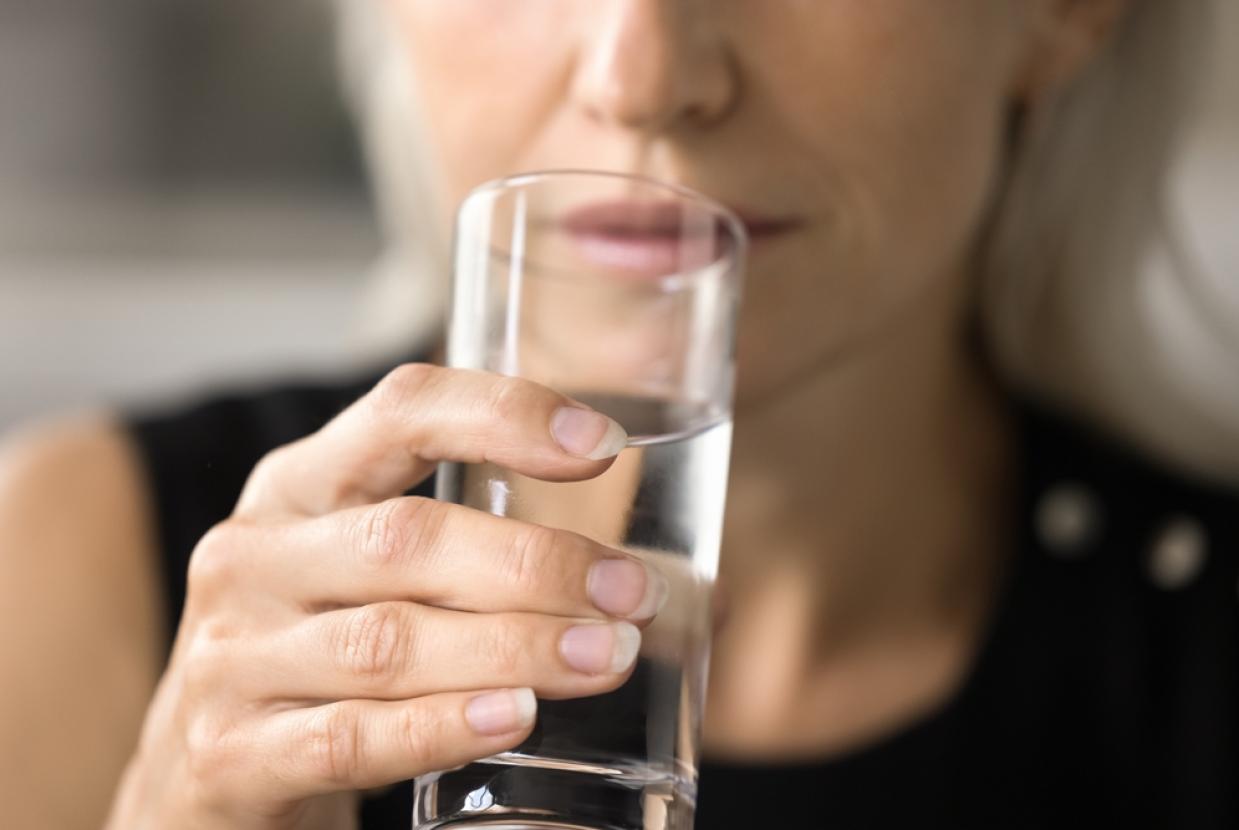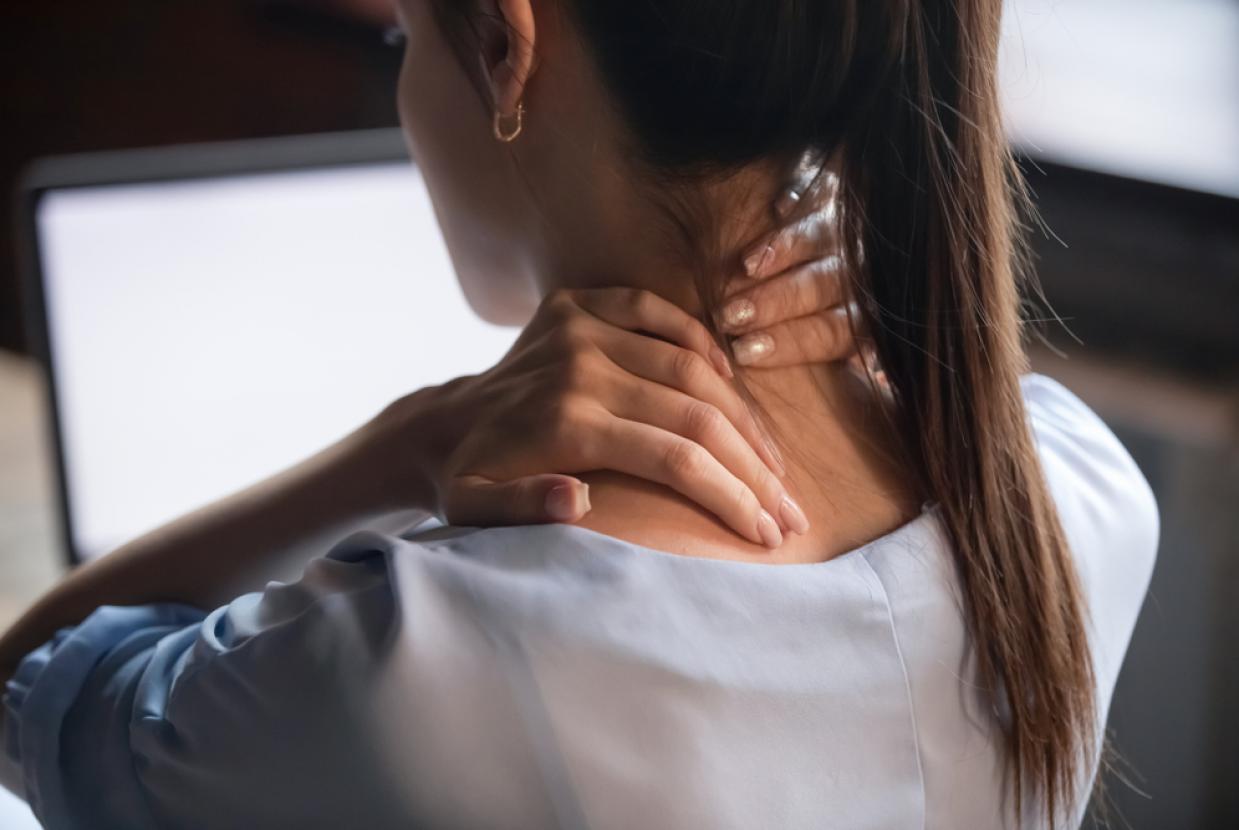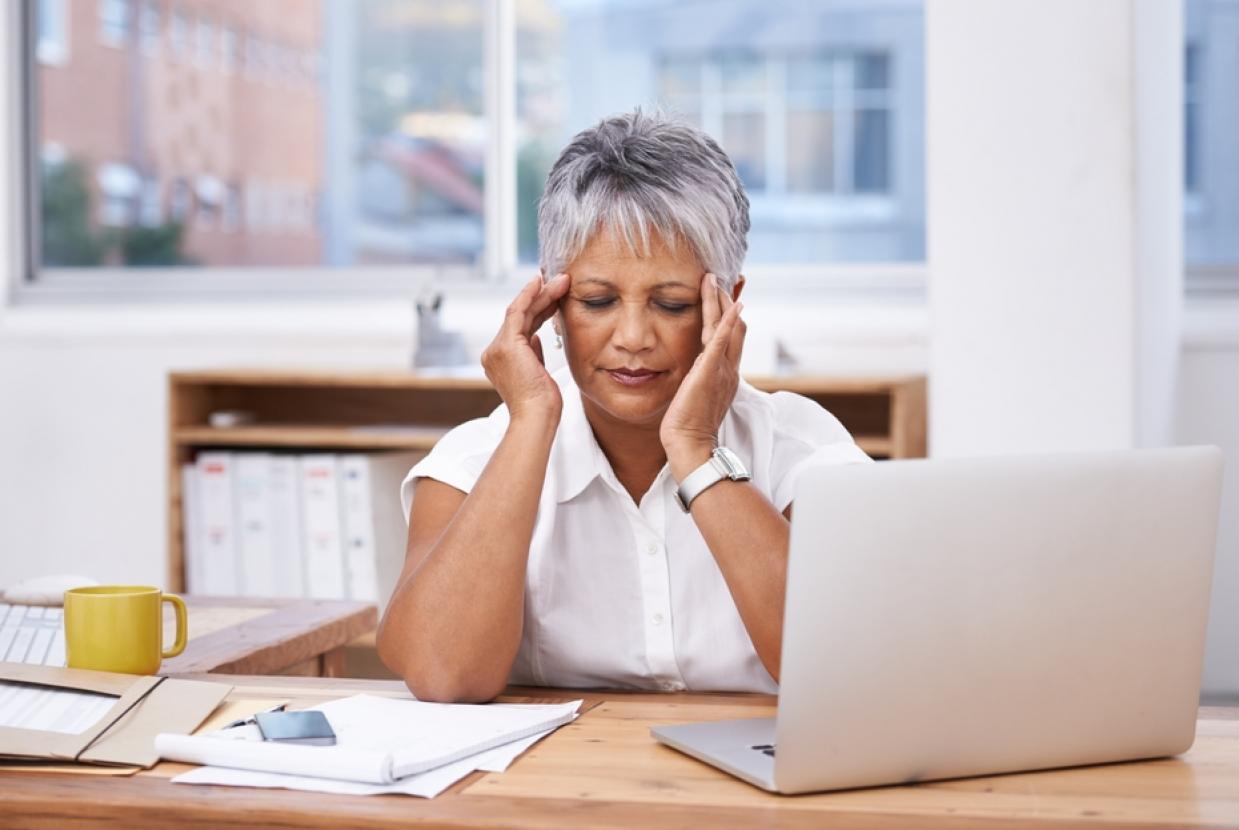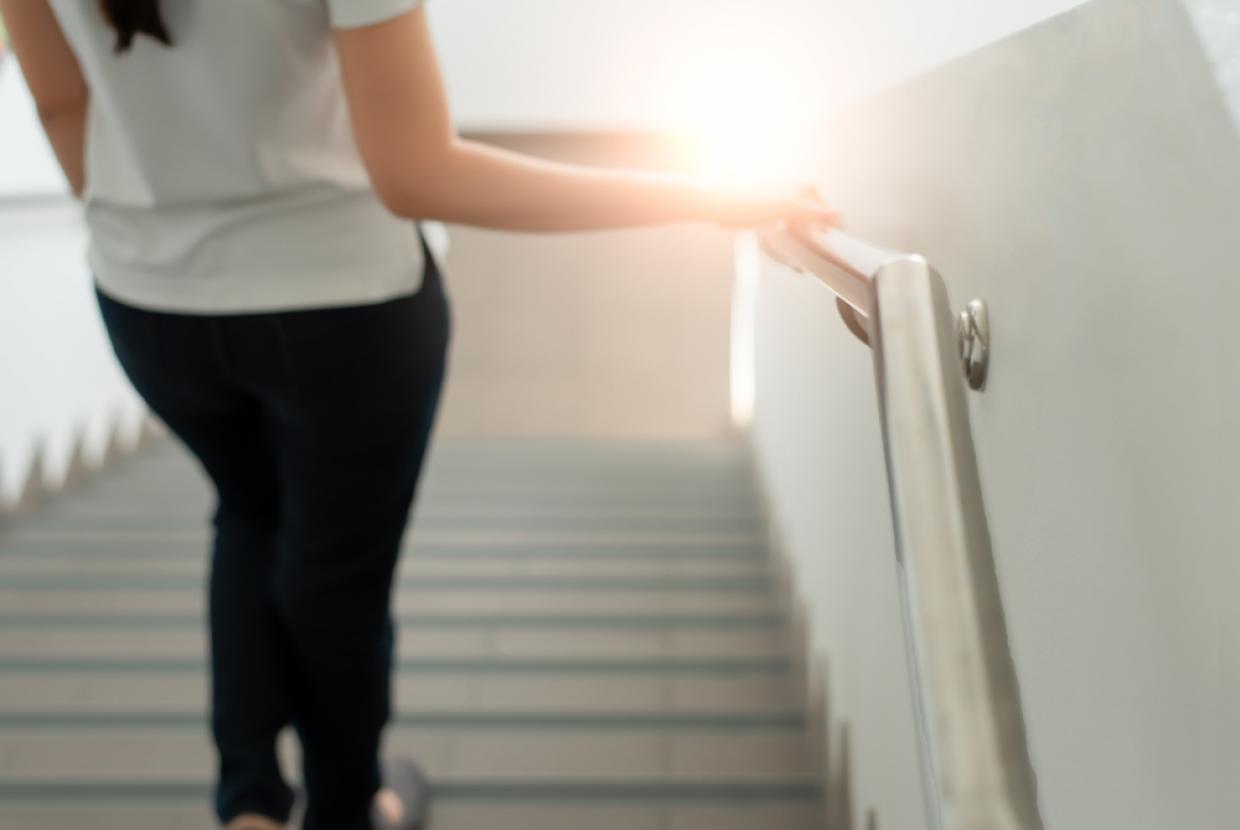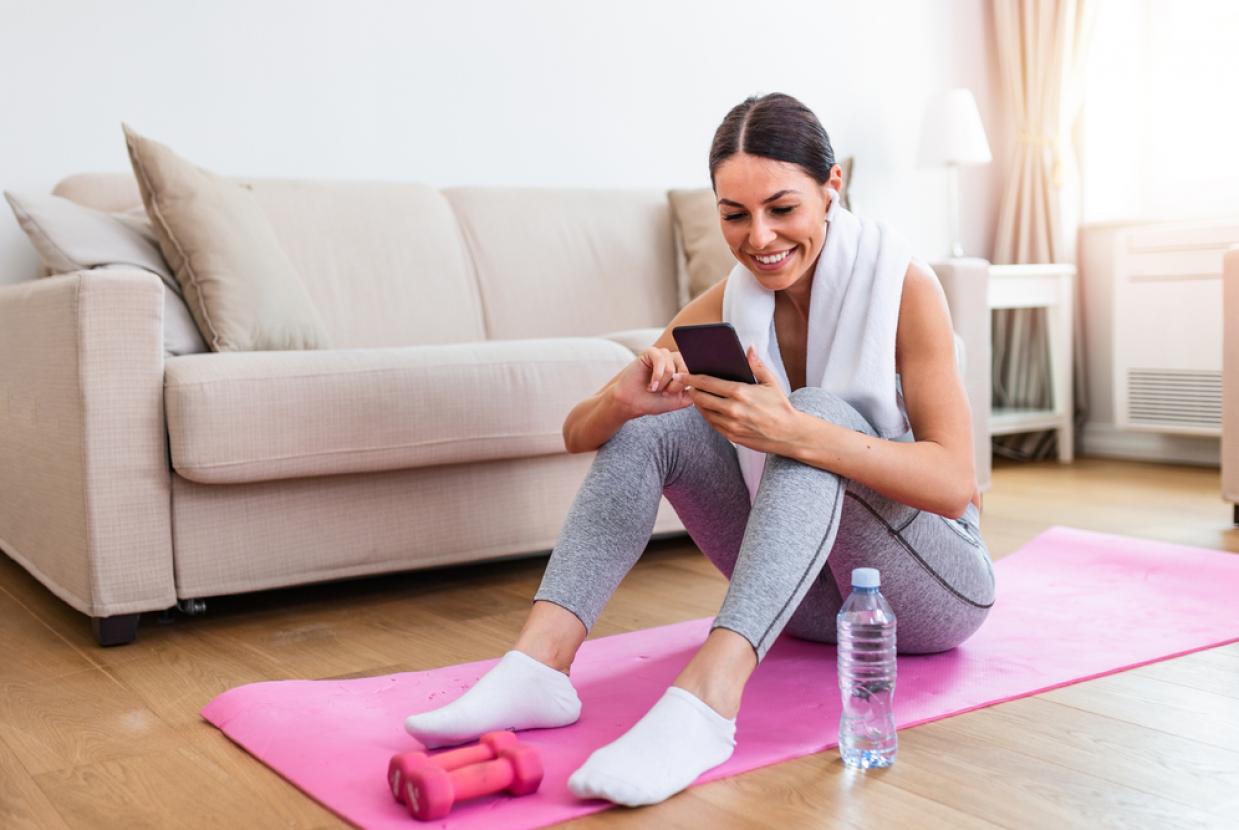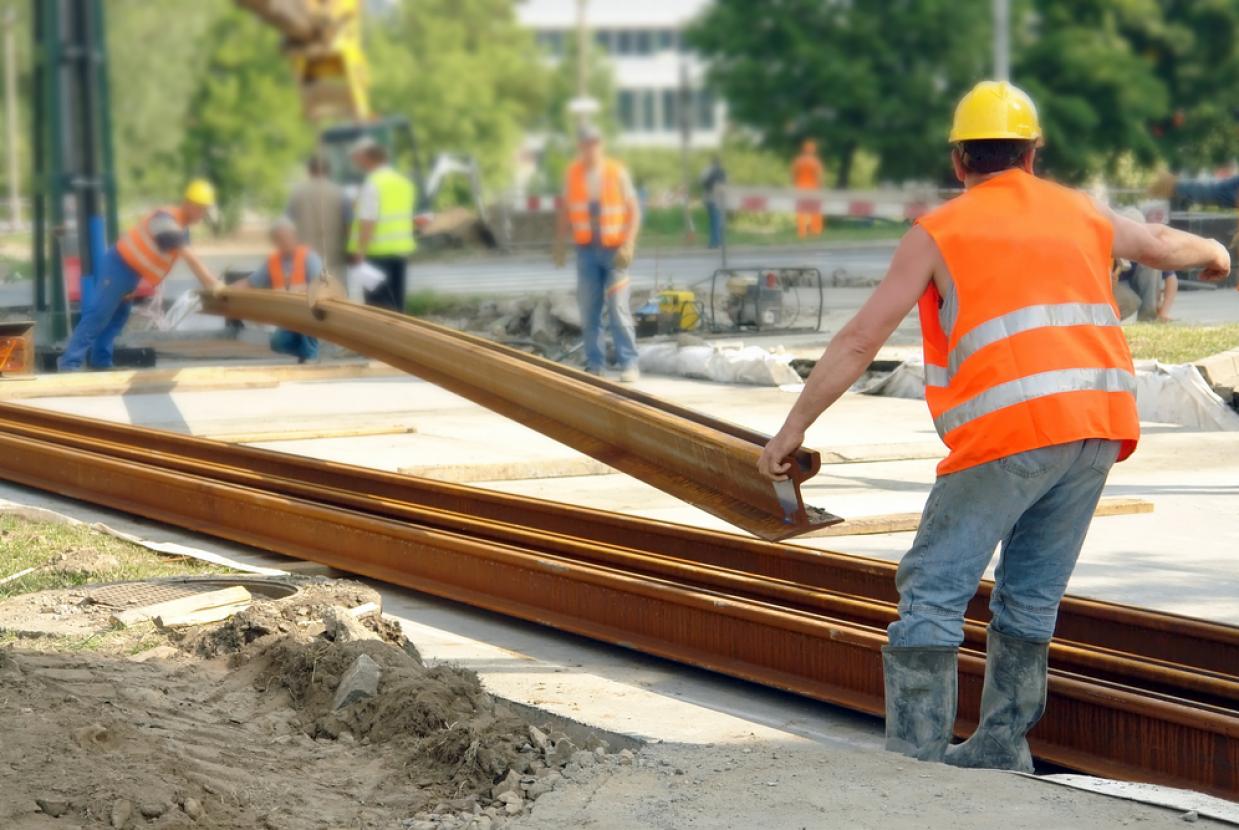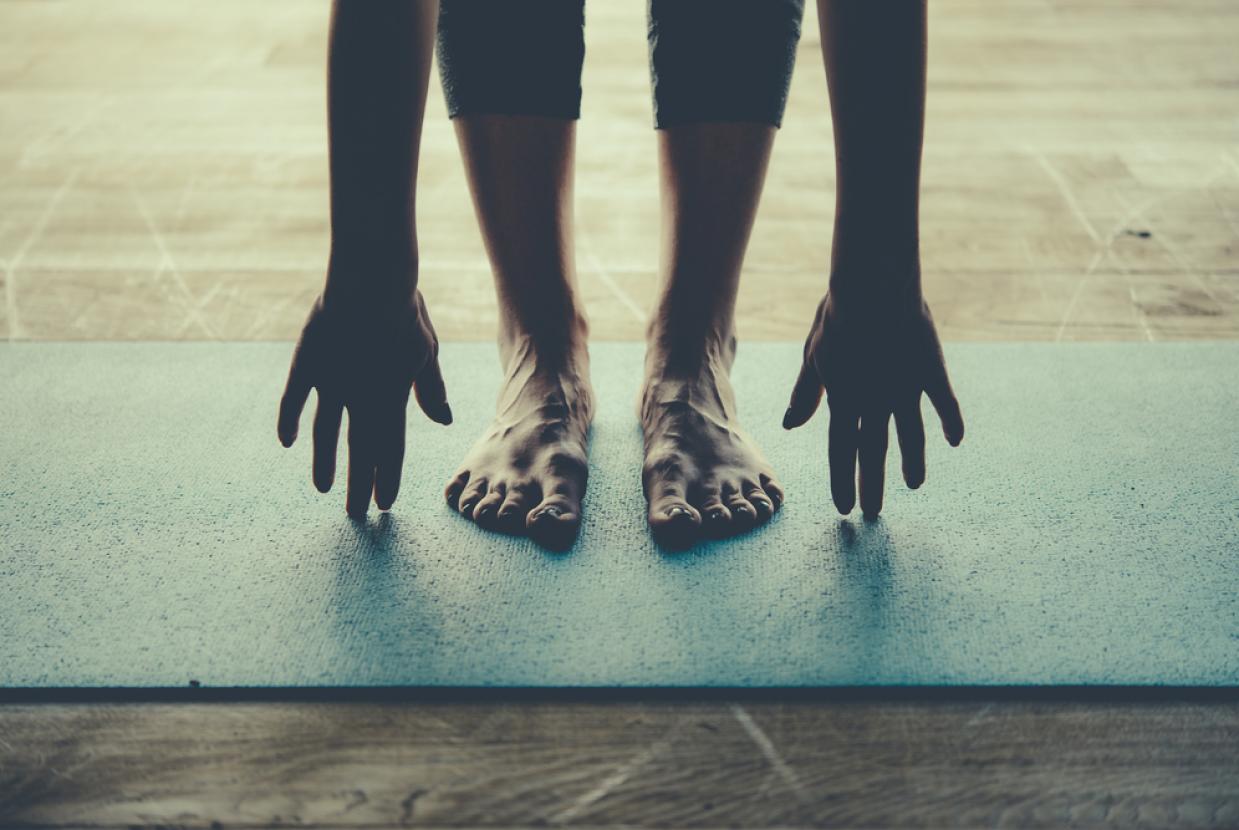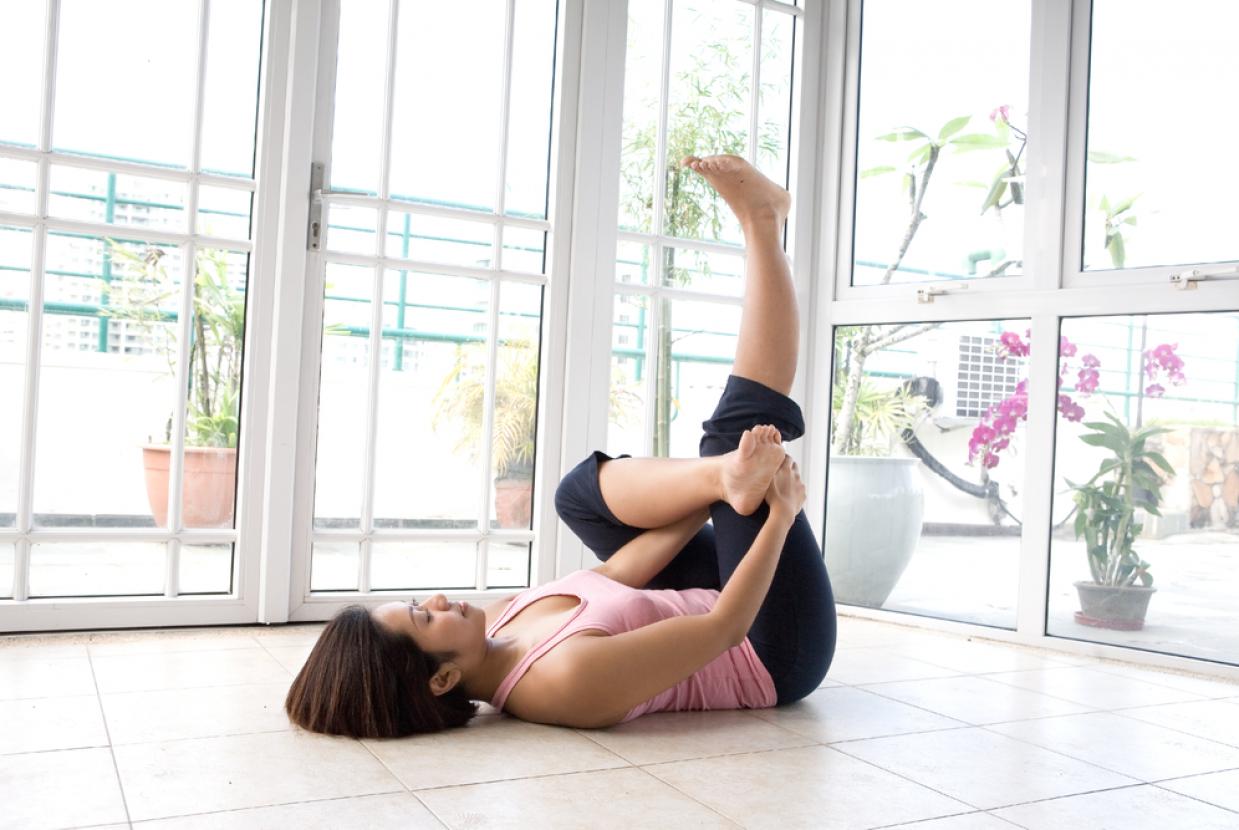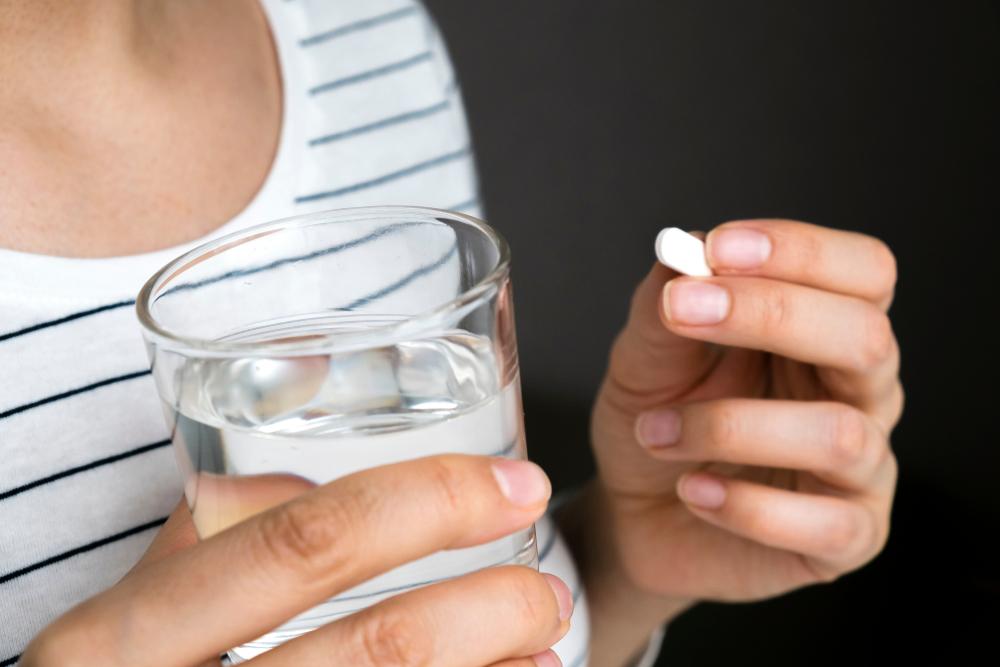Will Running Lead To Arthritis?
Arthritis/Back Pain/Joint PainExercise can be daunting when you have arthritis, with many confusing myths putting spanners in the works. “There are many reasons why some people with arthritis may avoid exercise,” says Dr Benjamin Ellis, consultant rheumatologist and senior clinical policy advisor at Versus Arthritis.
Myth 1: Having arthritis means you should avoid exercise
Busted!
“This is not true,” says Christopher Martey, musculoskeletal first contact physiotherapist with a special interest in rheumatology. “The purpose of remaining active and exercising is to get stronger and fitter, and maintain a healthy weight.
“Pain caused by osteoarthritis can create fear, with people worried they will do more damage by exercising. In fact, it’s hugely beneficial, because it strengthens muscles, keeping joints strong and well supported. Chemicals are also released when you exercise that can help your mental health.”
Myth 2: Running or walking wears out your knees
Busted!
“This myth is prevalent, and often heightens fear and worry in runners,” says Martey. “But studies show that people who are recreational runners may have better quality joints than those who are sedentary and not doing any exercise.
When walking or running, make sure you start slowly, drip-feeding over several months and managing the volume of walks or runs – including distances and inclines – and how much load you are putting on your joints.
You must include recovery days and consider adding low-impact activities, such as swimming and cycling.”
Myth 3: Weightlifting is just for men who want big muscles
Busted!
“There is a natural decline in muscle strength and size as we age, so weight and strength training is important for everyone. Don’t be fearful of the word ‘weights’, as you don’t need to go to the gym,” says Martey.
“My advice is to do strengthening exercises two to three days a week. These can be done in an easy way at home. I advise clients to go from sitting on a chair to standing without use of hands. Practise going up on tiptoes, maybe wearing a backpack to add more weight, and do step-ups regularly.
The Chartered Society of Physiotherapy is running a campaign called Stronger My Way, where physios support people with long-term conditions to get stronger and fitter. Building up your muscles means they will become more resilient and better able to tolerate the demands you place on them.
You will be more stable and feel fitter, so you may be able to lead a more active and independent life – and, hopefully, feel more confident.”
Myth 4: No pain, no gain
Busted!
“No pain no gain is not a phrase I ever use,” says Martey. “It is more helpful to use pain as a guide, as pain is not necessarily something you need to equate with damage.
Mild discomfort, or pain that you feel is tolerable, is usually fine, and you can continue staying active. However, if pain becomes severe and invasive, ease off and refine what you are doing.
Think about how you felt during the activity, after it and the next day, and if it’s tolerable, that’s fine.
I encourage people to still be active when they have some discomfort or they have lower levels of pain, but not severe pain.”
Myth 5: Reducing seated activities, but doing some activity, is not enough to improve physical fitness
Busted!
“A little bit is much better than nothing. People hear ‘exercise’ and immediately think that means going to the gym. To improve physical fitness, muscle strength or flexibility, you have to challenge and stimulate the body through physical activity. But this can be whatever suits you, which might be walking, for example.
To build up your fitness, perhaps add in slopes and hills to raise your heart rate, or take a brisk walk that challenges your body a bit more. Do a little bit often, and incrementally. It’s important to have progression.”
Myth 6: Swimming makes arthritis worse
Busted!
“Swimming, or just being in water, can be great for people with arthritis,” says Martey. “People with advanced arthritis, who may not be able to go for a walk, may benefit from simply getting in water.
The mental health benefits from being in a different environment are massive, and getting out of the house to immerse yourself in water is beneficial in itself.
Start small and build up, just walking forward and backwards, then side-stepping and increasing to a bit of a swim. Moving in water is excellent, as your joints are supported.”


